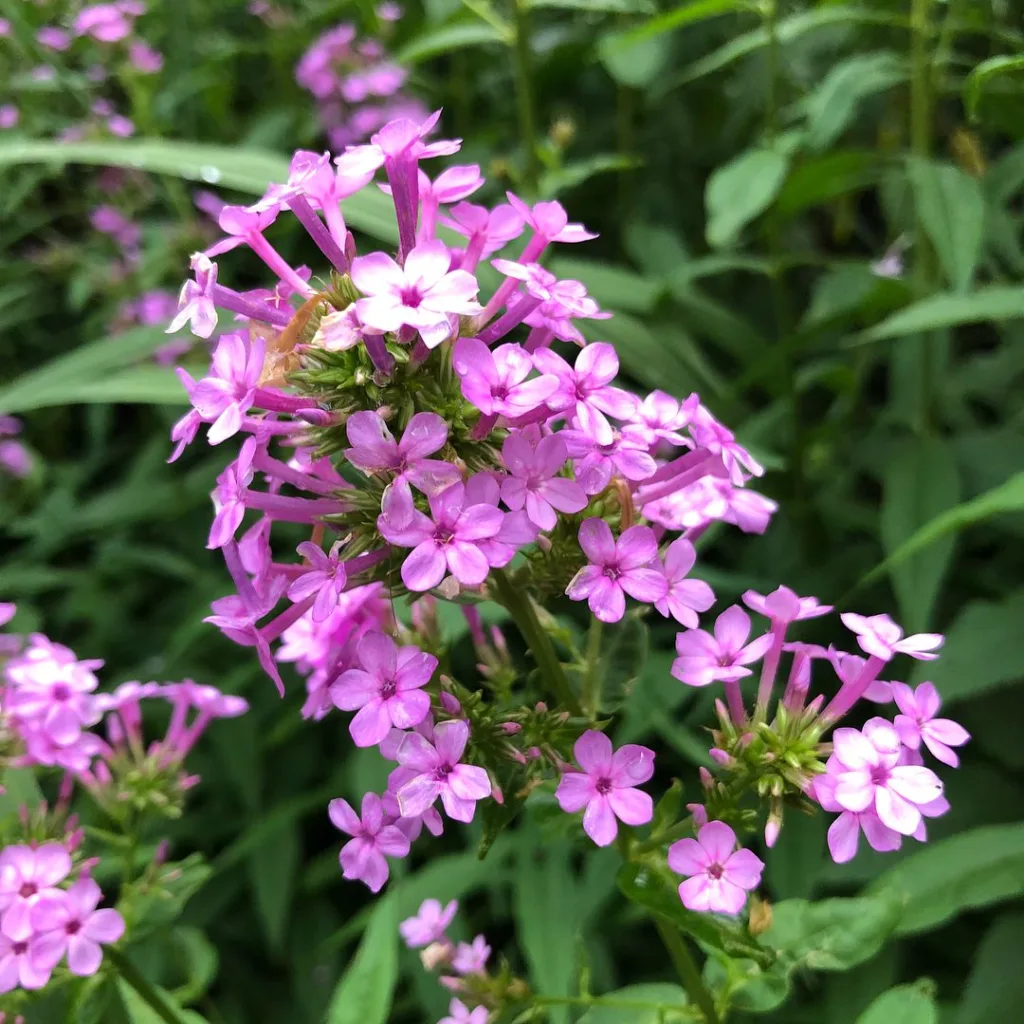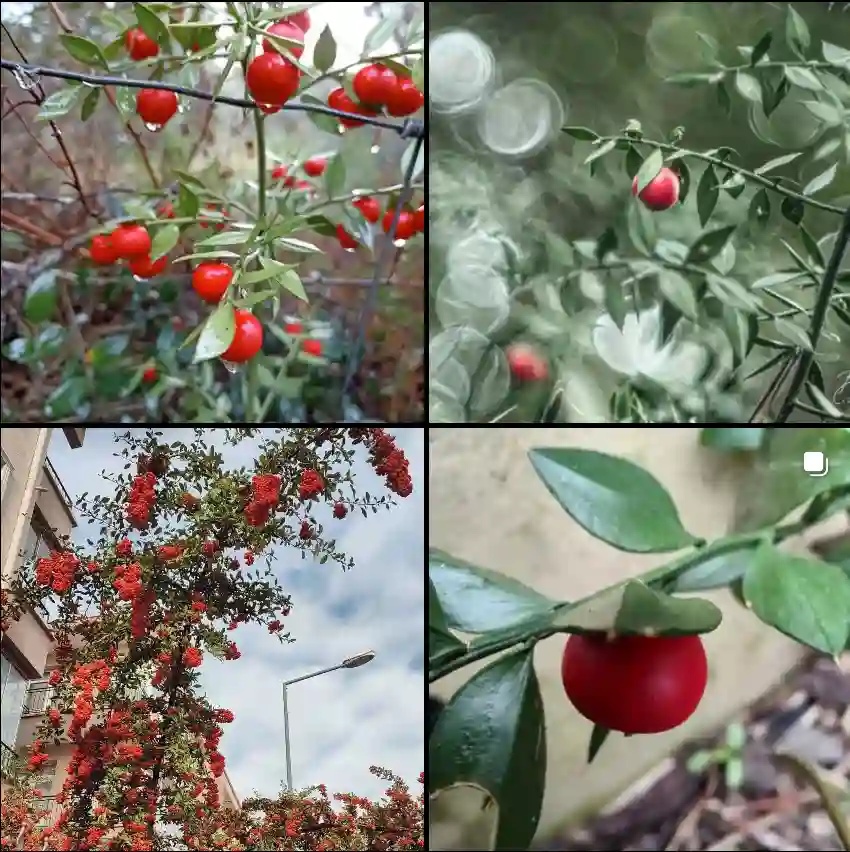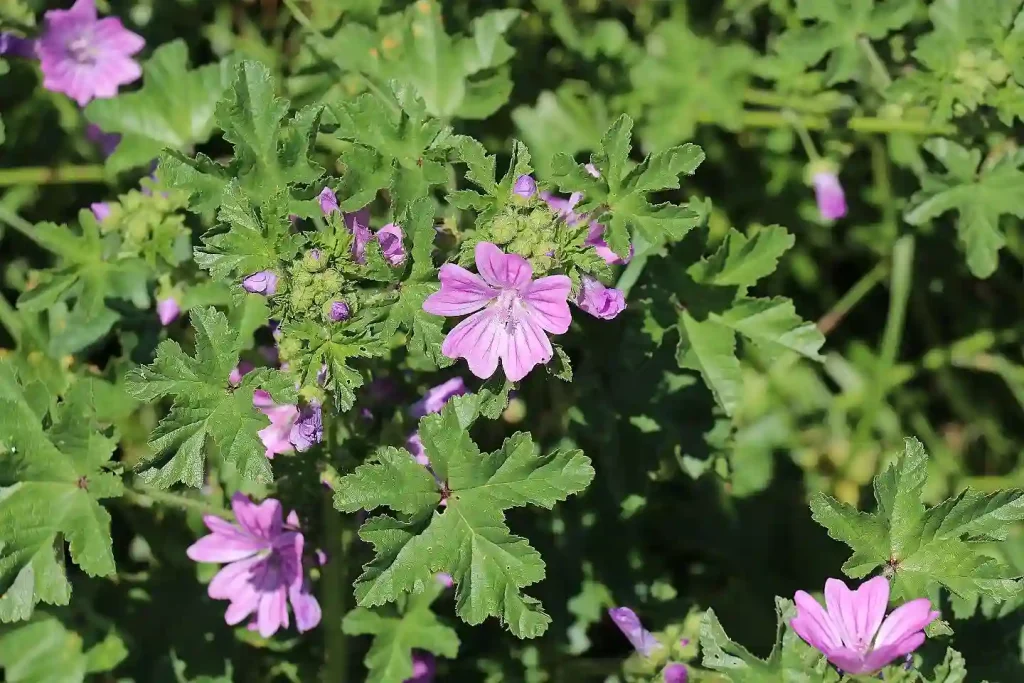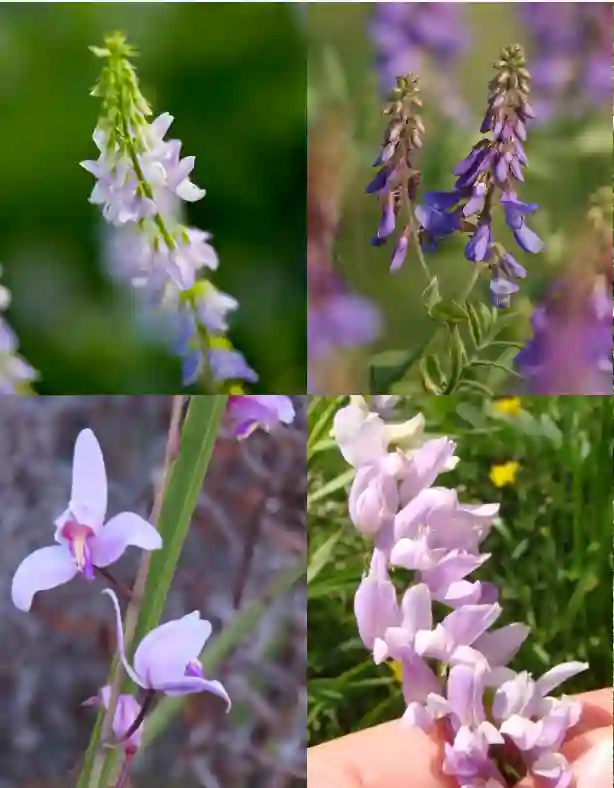FAQs About Atriplex Patula
As a passionate gardener, I often get questions about various plants. One that has piqued my interest recently is Atriplex Patula, commonly known as the common or slender saltbush. This resilient plant has a lot to offer, and I’m excited to share some insights.
256 Species in Genus Atriplex
What Is Atriplex Patula?
Atriplex Patula is a perennial herbaceous plant native to various regions, including North America and Europe. It thrives in saline and alkaline soils, making it an excellent choice for tough environments where other plants might struggle. This plant features silvery-green, broad leaves and can grow up to 1 meter tall. Its ability to tolerate salt makes it particularly valuable for coastal gardens or areas with poor soil quality.
How to Care for Atriplex Patula?
Caring for Atriplex Patula is relatively straightforward. Here are some key points I’ve learned from my experiences:
- Light Requirements: Atriplex Patula thrives in full sun. Ensure it receives at least six hours of sunlight daily for optimal growth.
- Soil Conditions: This plant prefers well-draining soil, ideally sandy or rocky. It tolerates poor soil conditions and is particularly suited for saline environments.
- Watering: While it is drought-tolerant, regular watering during the establishment phase can help it grow stronger. Once established, you can reduce watering significantly.
- Fertilization: Atriplex Patula doesn’t require much fertilizer. A light application of balanced fertilizer in spring can support growth but isn’t necessary.
How to Propagate Atriplex Patula?
Propagating Atriplex Patula can be a rewarding experience. Here’s how I do it:
- Seeds: The easiest way to propagate is from seeds. Collect seeds in late summer and store them in a cool, dry place. When ready to plant, sow the seeds in spring, covering them lightly with soil.
- Cuttings: You can also take cuttings from healthy plants. Choose a stem with several nodes, cut it just below a node, and place it in water until roots develop. Once rooted, transfer it to soil.
What to Plant with Atriplex Patula?
Companion planting can enhance your garden’s aesthetic and health. Atriplex Patula pairs well with other drought-tolerant plants. Here are a few I recommend:
- Lavender: Both plants enjoy similar growing conditions and look beautiful together.
- Sage: Another drought-resistant herb, sage complements the silvery leaves of Atriplex Patula.
- Yarrow: This hardy perennial attracts beneficial insects and works well in sandy soil.
Is Atriplex Patula Toxic?
One common concern among gardeners is plant toxicity. Fortunately, Atriplex Patula is non-toxic to humans and pets. However, it’s always best to monitor any plant interaction, especially with curious pets or children.
Benefits of Atriplex Patula
Atriplex Patula offers several benefits beyond its aesthetic appeal:
- Erosion Control: Its deep root system helps stabilize soil, making it ideal for erosion-prone areas.
- Wildlife Habitat: The plant attracts various pollinators, contributing to local biodiversity.
- Drought Resistance: Its ability to withstand dry conditions makes it a great choice for water-wise gardening.
Common Problems with Atriplex Patula
While Atriplex Patula is generally hardy, it can encounter a few issues:
- Pests: Aphids and spider mites may occasionally infest the plant. Regularly inspecting leaves and using insecticidal soap can help manage these pests.
- Overwatering: While drought-tolerant, overwatering can lead to root rot. Ensure the soil drains well and avoid standing water.
- Fungal Issues: Poor air circulation can lead to fungal diseases. Spacing plants adequately can help mitigate this problem.
Comparing Atriplex Patula with Similar Plants
You might confuse Atriplex Patula with other saltbush species. For instance, Atriplex Canescens (Fourwing Saltbush) is another resilient option but tends to be larger and more bushy. While both are drought-tolerant, Atriplex Canescens is often used for more extensive landscaping projects due to its size.
Conclusion
Atriplex Patula is a versatile and resilient plant that can thrive in challenging conditions. Its ease of care, aesthetic appeal, and various benefits make it an excellent addition to any garden. Whether you’re looking for erosion control or simply want a hardy plant to enhance your landscape, Atriplex Patula is worth considering. With the right care and companions, you can create a beautiful, sustainable garden that flourishes for years to come.



